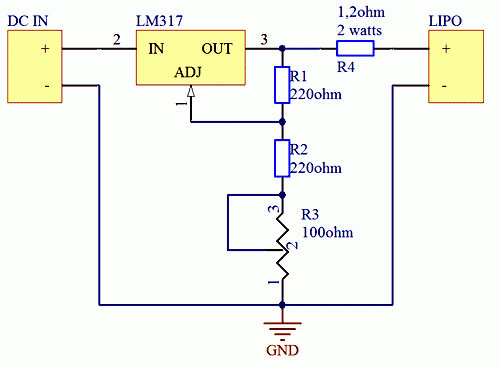I'm building a power supply, based on this instructable and this one


I am using 24volts DC power supply, 7+ amps circuit is based on LM338 / 7805 / 7812 Circuit is working although few things that I'm not sure off.
I've faced few issues:
First, when running low voltage, too much heat will be generated, what's the best method to reduce voltage before the voltage regulator? The schematic I linked shows 18+ diodes in a row each diode reducing .7 volts, the author and logic says this is not a good idea, Zener diode would consume too much wattage I guess,(it would be in parallel no?) voltage divider is a good proposal but I'm not too sure, if someone can kindly point me out.
Secondly, let's say I'm charging a lipo battery, limiting current will be using a current limiting resistor (1 ohm 10 watts for example), but won't that reduce the voltage? was thinking of a high wattage potentiometer (10 ohms, to make it a variable voltage variable current Bench Power Supply) but something doesn't seem right there, I've tried simulating the circuit using LTspice but output current is off by a lot.
